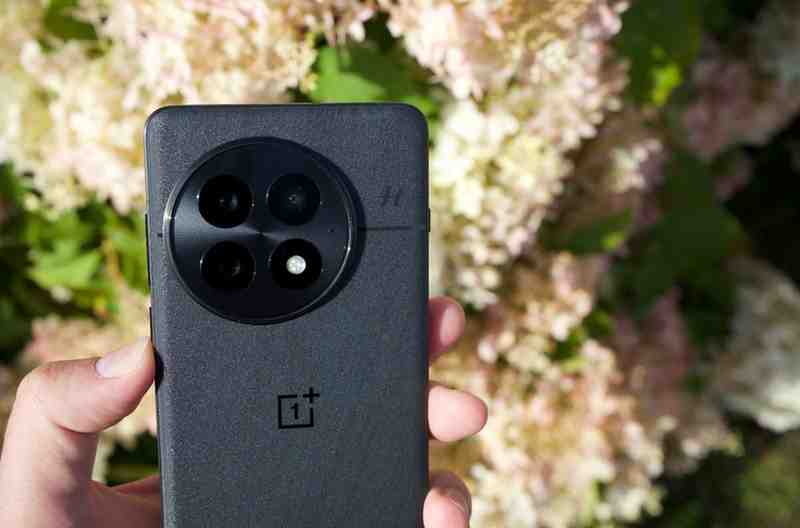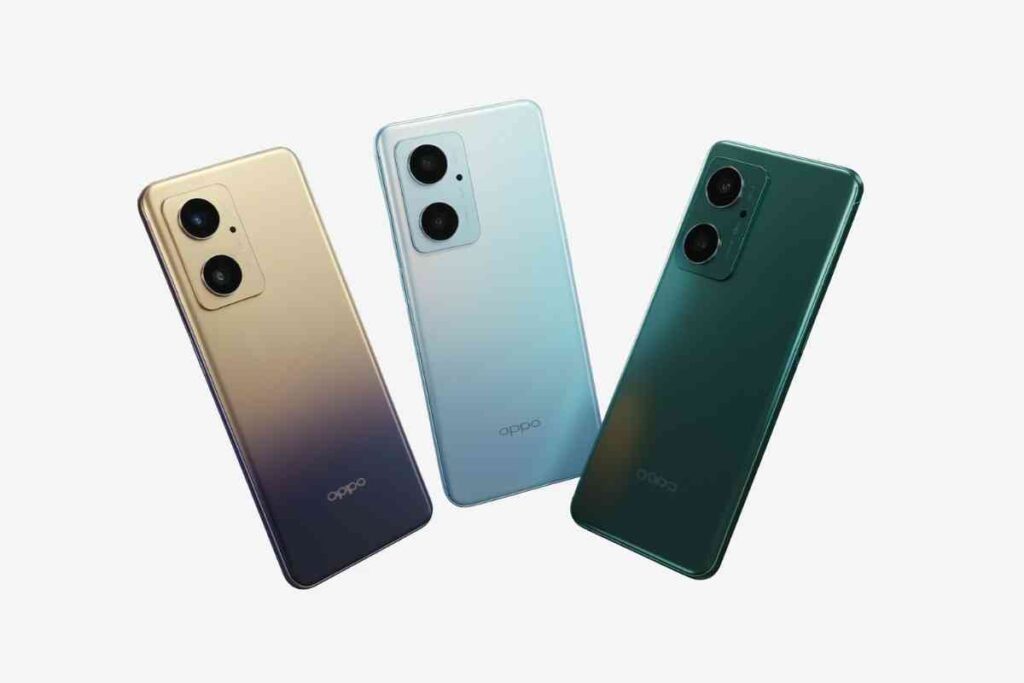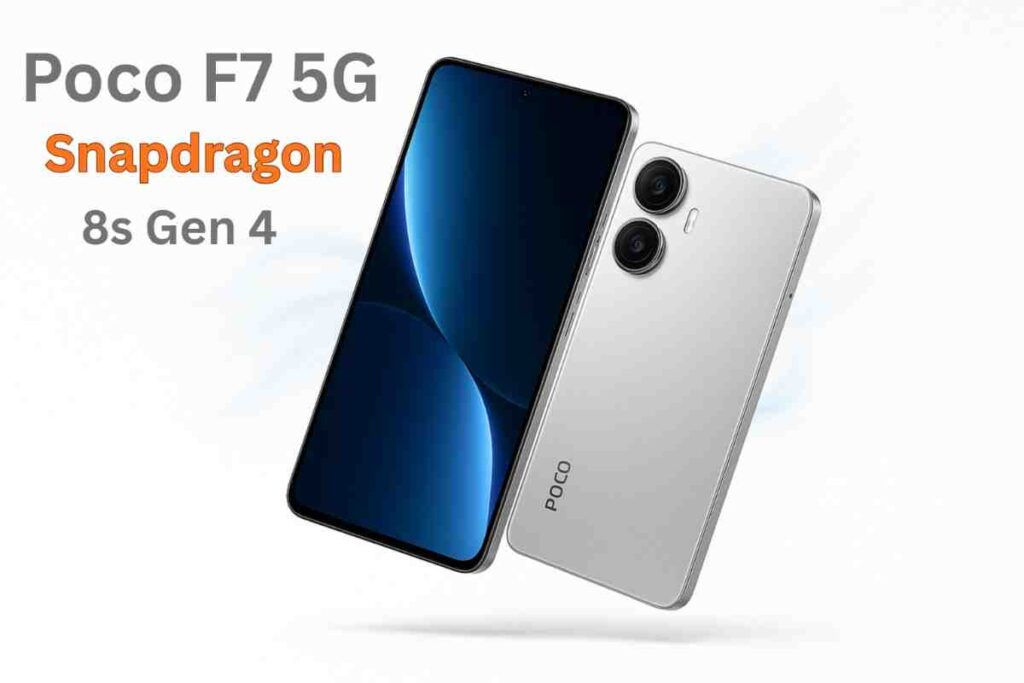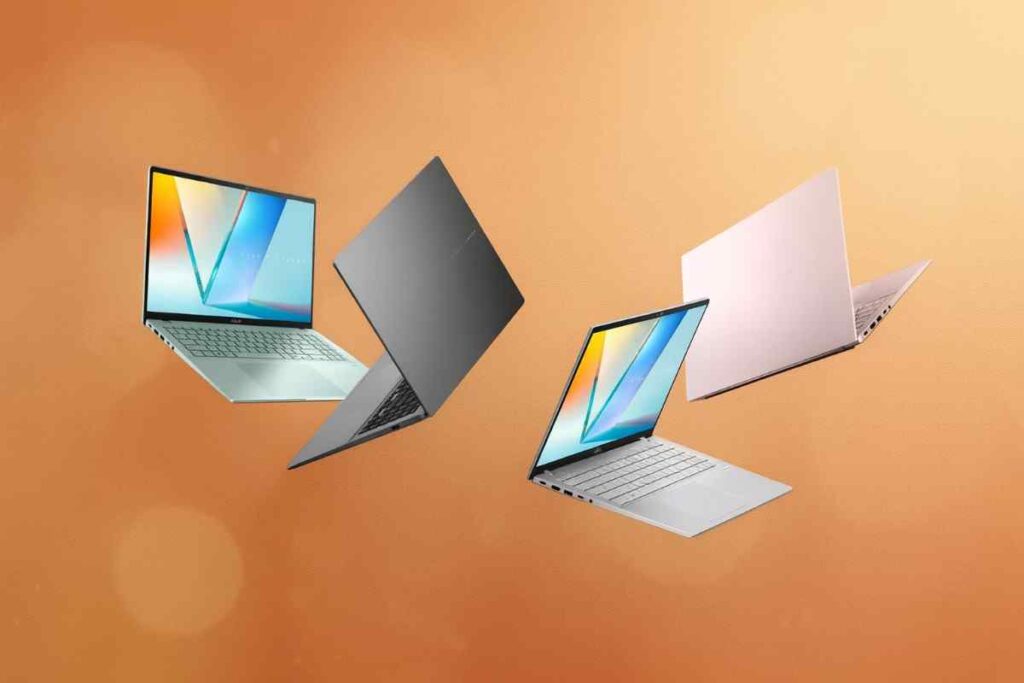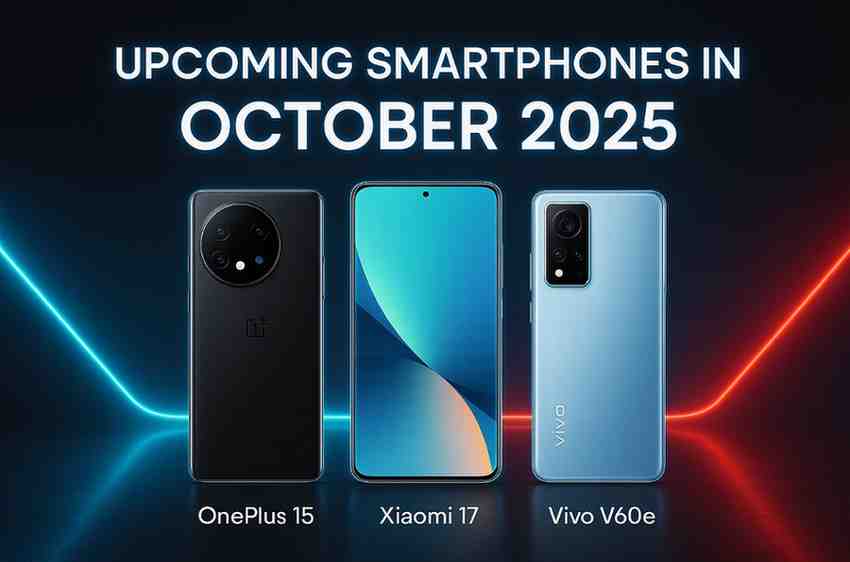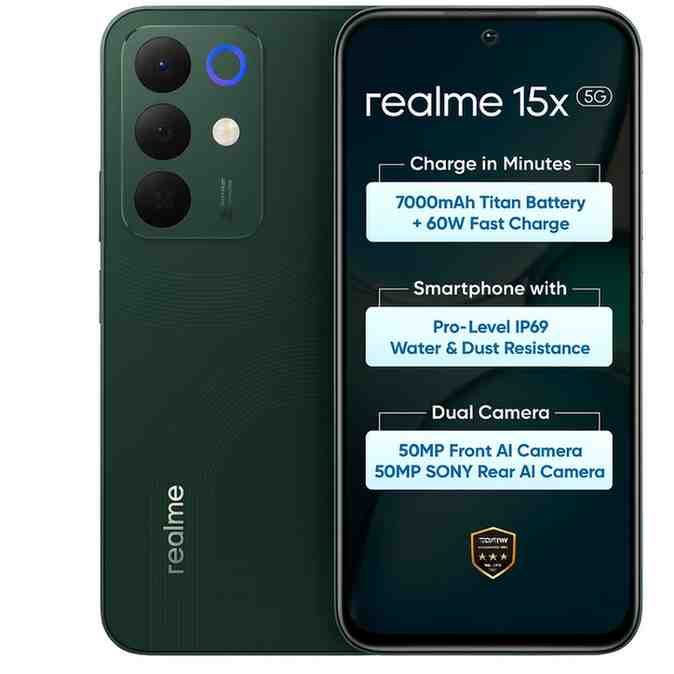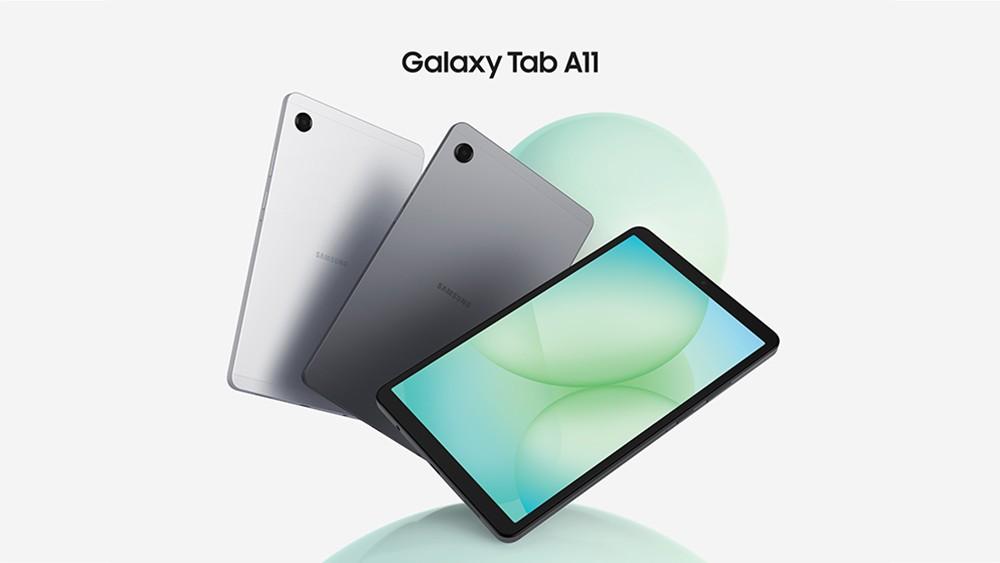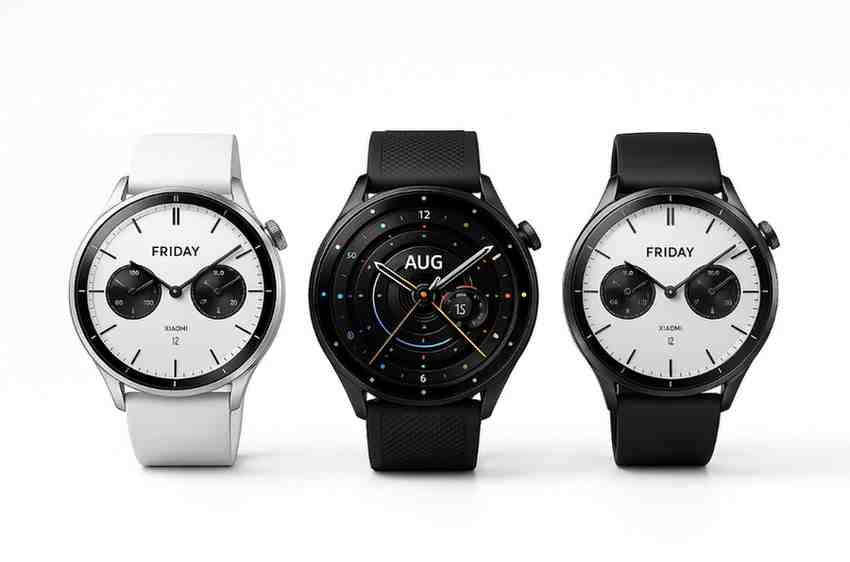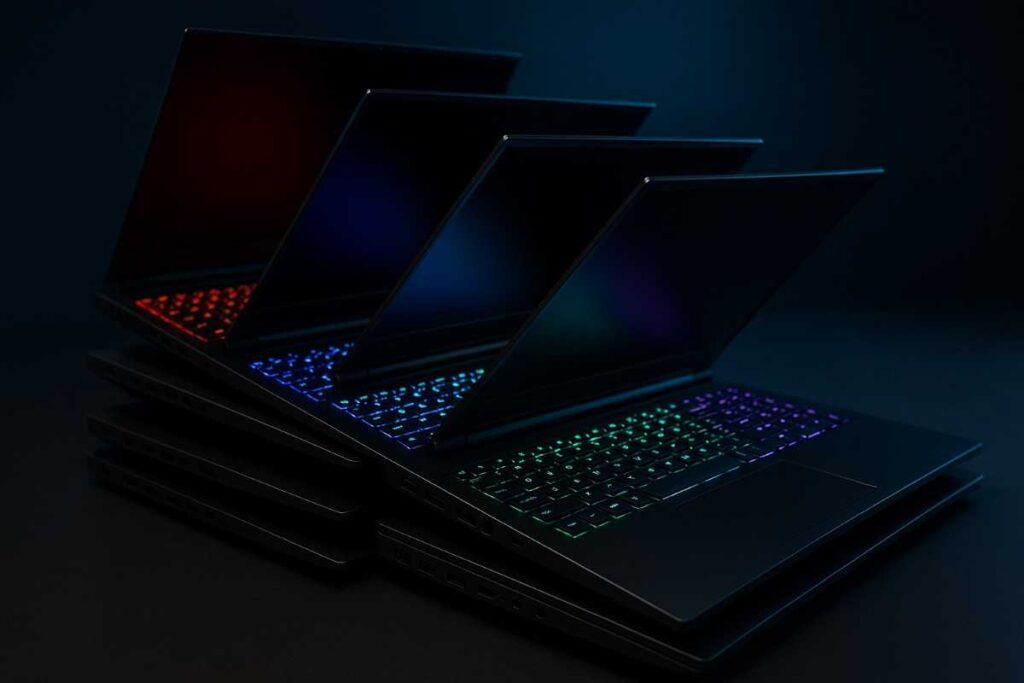OxygenOS 16 with Android 16 Arrives in India on October 16, OnePlus Teases AI-Powered Features
OnePlus has officially confirmed that OxygenOS 16 based on Android 16 will launch in India on October 16, 2025. The company’s teasers introduce a new “OnePlus AI” badge along with the tagline “Intelligently Yours,” making it clear that artificial intelligence will be at the heart of this update rather than just another cosmetic refresh. OxygenOS 16: OnePlus’s First True AI-Driven Update The official announcement confirms the rollout date and highlights oxygenos 16 as OnePlus’s First Major AI-Driven Update. Teasers Show Deeper Integration Between OnePlus Mind Space. The Personal Productivity Hub – And Google’s Gemini Ai Model. This integration is expected to help users Organize and retrieve information more intelligent. OxygenOS 16 won’t just look better; It will think smarter. From smart notifications to contextual suggestions and AI-powered summaries, this update aims to enhance daily productivity in meaningful ways. Get ready for OxygenOS 16 it sounds like it’s going to make the “Mind Space” feature a lot smarter by packing it with some powerful AI tools. You can probably expect to see new features powered by Gemini AI, like automatic note summaries, relevant reminders that pop up just when you need them, and a much deeper search function. For example, imagine saving a screenshot or a link. Instead of just sitting there, the OS could automatically organize it for you or even suggest actions based on what’s inside it. It’s like having a smart assistant built right into your phone’s core. In addition to AI, OnePlus is also improving its overall look and feel. Expect smoother animations, cleaner iconography, and an improved always-on display. Related articles:Oppo Reno 15 Series India Launch, Reveals Stunning Specs and Features Leaked The company is reportedly introducing a “liquid glass” design theme – subtle yet premium. Performance optimizations and faster animations will also make the OS more responsive. AI integration naturally raises privacy questions, and OnePlus seems prepared. Users will likely see clearer controls for on-device versus cloud-based AI processing. OxygenOS 16 will also include the latest Android 16 security patches and general system hardening to improve data safety. While OnePlus hasn’t revealed the full device list, the update is expected to first arrive for the OnePlus 13 series and newer models, followed by older flagships and mid-rangers in a phased rollout. Beta testing may begin right after the launch event, allowing enthusiasts to try new features early. Before You Update: Key Steps to Prepare for OxygenOS 16 Back Up Before Updating: Always create a full backup via OnePlus or Google Backup to avoid losing personal data or app settings. Review AI Permissions: When setting up new features, check what data is processed locally versus online. Adjust permissions according to your privacy preferences. Wait for Stable OTA: If reliability is more important to you than early access, wait for the stable OTA rollout instead of jumping into the beta. Follow OnePlus Channels: Keep an eye on the official OnePlus Community and social pages for confirmed eligible devices and rollout timelines. Related article: Poco F7 5G: The Most Powerful Mid-Range Phone with Snapdragon 8s Gen 4 OxygenOS 16 is proving to be more than a regular Android update, it’s a strategic leap toward a more user-friendly smartphone. Instead of just focusing on visuals, OnePlus is emphasizing AI-powered usability. With deep Gemini integration and practical features in Mind Space, OxygenOS 16 can make everyday tasks faster, smarter, and more personalized.

